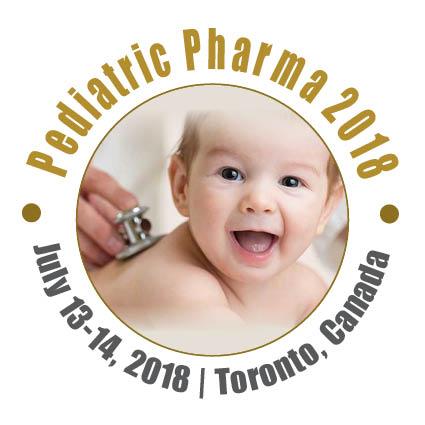
Kaye Talijancich
Princess Margaret Hospital for Children, Australia
Title: The role of laser in tongue tie division: A pilot study
Biography
Biography: Kaye Talijancich
Abstract
Background: Laser tongue tie division is an option suitable for neonates, older children, and adults. No general anesthetic is used, but an analgesic gel is applied. Th e procedure is very quick, taking only 2 to 3 minutes to perform.
Aim: To assess the outcome of patients who underwent tongue tie division with Diode Laser at Perth Paediatric.
Methods: We conducted a retrospective review of the 49 children who underwent laser repair of tongue tie at Perth Paediatrics between 30/01/2017 and 10/7/2017. Th e age of the children ranged from 4 days to 6 months. We assessed the outcome aft er 1 to 6 months, with a questionnaire via telephone. Of the 49 children’s mothers telephoned, a total of 41 children were contactable. The outcome was assessed in terms of improvement of breastfeeding comfort to the mother and procedural complications.
Results: The outcome was assessed in terms of improvement in breastfeeding and lack of discomfort. 41 mums had immediate relief, which was rated good to excellent. 3 mums had poor immediate relief but there was an improvement aft er 2 weeks of procedure and was rated good. Only 2 out of 41 mothers reported no relief in improvement in breastfeeding. Furthermore, it was noted that refl ux symptoms in 3 children decreased post laser treatment and a weight gain increase was noted. There were no immediate or delayed procedural complications in terms of post-operative bleeding, infection, scarring or recurrence.
Conclusion: 95.2% (39/41) of children, who underwent tongue tie division with laser, were reported by their mothers, to have improvement in breastfeeding improvement in terms of latch/leakage. This outcome also included an improvement in the mother’s discomfort. Ie. nipple pain, nipple damage, and mastitis.

